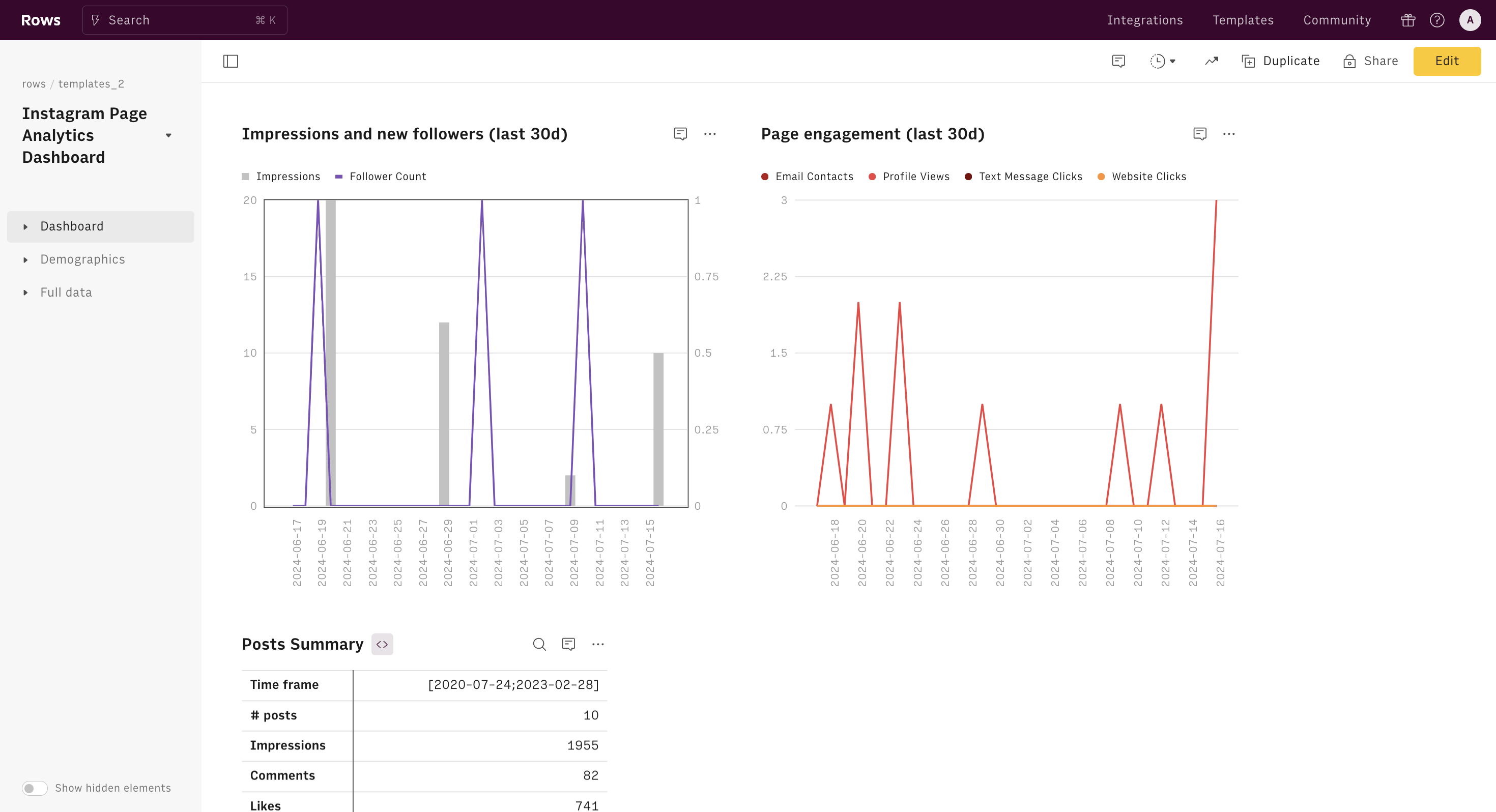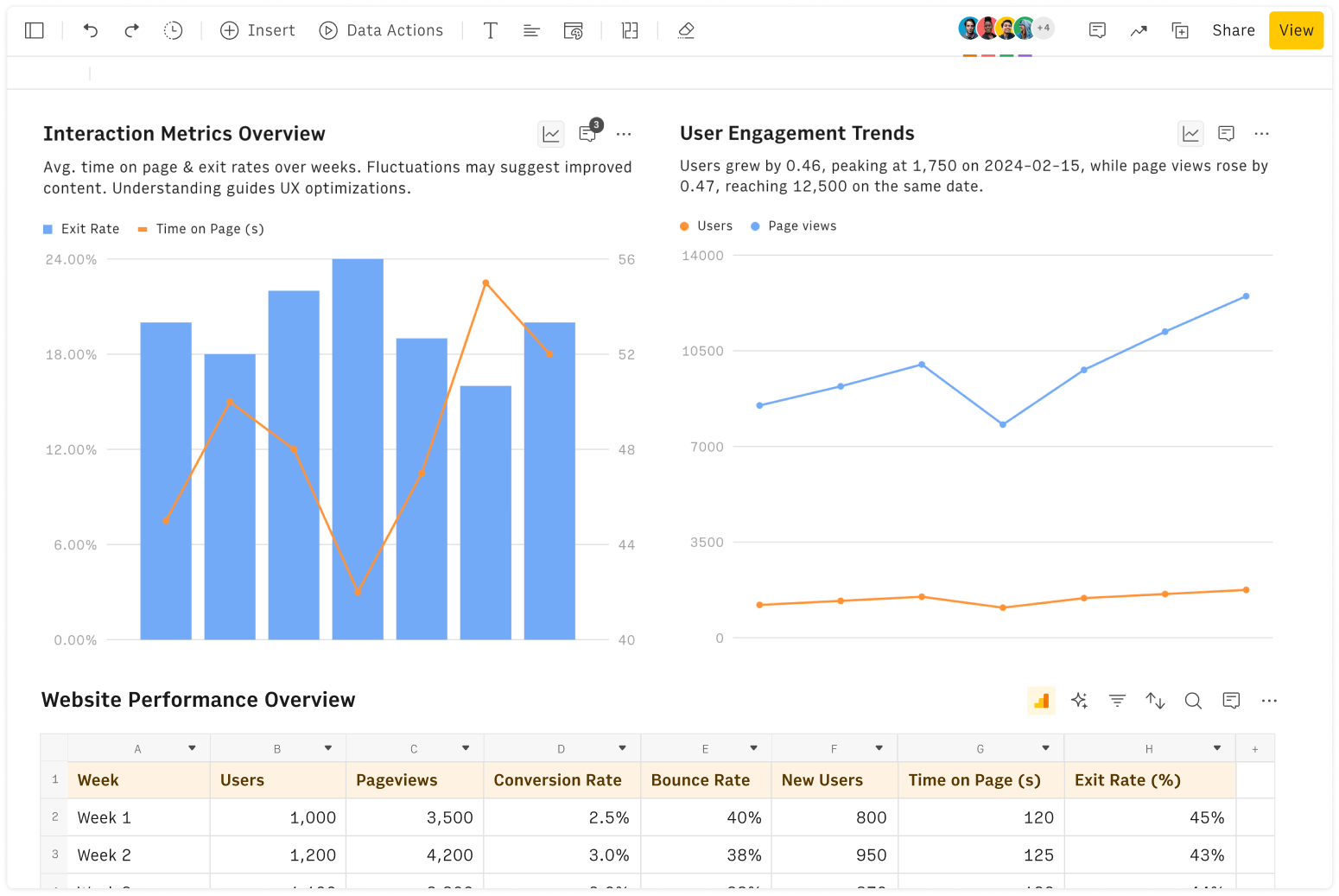What is A/B Testing Calculator
The A/B Testing Calculator helps you evaluate the statistical significance of an A/B testing experiment
A/B testing, also known as split testing involves randomly dividing a sample group of users into two groups of similar size, with each group being shown a different version of the asset being tested (so-called Control vs Variation).
In particular, this A/B Testing Calculator guides you in determining whether the difference in conversion rates between the Control and Variation pages is genuinely attributable to the changes made on the Variation page, or if it's merely the result of random chance.
Required Inputs for the Calculator
To use the A/B Testing Significance Calculator, you need to provide the following information:
Total number of visitors to the Control page
Total number of conversions on the Control page
Total number of visitors to the Variation page
Total number of conversions on the Variation page
Using these inputs, the calculator will compute several important metrics:
Conversion rates for both pages (CRC and CRV), calculated as
conversions/visitorsStandard error of both sample distributions, calculated as
SQRT[CR*(1-CR)/Visitors]Statistical significance at 90%, 95%, and 99% confidence levels
The calculator generates three confidence intervals, each with upper and lower bounds:
Upper bound =
(CRC - CRV) + z * SQRT[CR*(1-CR)/n]Lower bound =
(CRC - CRV) - z * SQRT[CR*(1-CR)/n]
The value z represents the z-score corresponding to the chosen confidence level. It's derived from a standard normal distribution N(0,1) with mean 0 and standard deviation 1. The z-scores leave probabilities of 10%, 5%, and 1% outside the interval (in both tails) for the 90%, 95%, and 99% confidence levels, respectively.
Statistical Foundations
The theory behind the statistical foundation of AB testing revolves around the following two concepts:
Bernoulli Distribution
From a statistical perspective, the calculator assumes that the act of converting on a page can be modeled as a discrete Bernoulli distribution. This distribution has two possible outcomes: 'convert' or 'not convert'. The mean of this distribution is CR (conversion rate), and its standard deviation is SQRT[CR*(1-CR)/n], where n is the sample size (number of visitors to the page).
Central Limit Theorem (CLT)
The calculator leverages the Central Limit Theorem (CLT) to generate three intervals for testing the difference between the two conversion rates (CRC - CRV). The CLT states that as the sample size increases, the distribution of sample means approaches a normal distribution with mean μ, regardless of the underlying population's distribution.
Importance of A/B Testing in Business
A/B testing is a valuable tool for businesses across various industries. It allows companies to:
Optimize website design and user experience
Improve email marketing campaigns
Refine product features
Enhance ad copy and landing pages
Increase conversion rates and ROI
By making data-driven decisions based on A/B test results, businesses can continuously improve their marketing efforts, leading to better performance and sustainable growth.
Caveats and Potential Misinterpretations in A/B Testing
While A/B testing is a powerful tool, it's crucial to be aware of potential pitfalls and misinterpretations that can lead to incorrect conclusions:
1. Sample issues
It's crucial to note that the reliability of the results depends on the similarity in size between the two samples (visitors to Control and Variation pages). If there's a significant disparity between these sample sizes, a Sample Ratio Mismatch may occur, potentially leading to false positive results.
For example, if you have 100 visitors to the Variation page and 500 to the Control page, the results are more susceptible to self-selection bias. This bias could skew the results and lead to incorrect conclusions.
As a general guideline, a difference greater than 5% in sample sizes should raise concerns about the visitor distribution between the two pages. In such cases, it's advisable to aim for a more equal distribution to ensure the validity of your A/B test results.
2. Ignoring Statistical Significance
One common mistake is to declare a "winner" based solely on observed differences without considering statistical significance. Just because the Variation page shows a higher conversion rate doesn't necessarily mean it's truly better. Always check the statistical significance before drawing conclusions.
2. Multiple Testing Problem
Running multiple tests simultaneously or sequentially on the same data can increase the likelihood of false positives. This is known as the multiple testing problem. To mitigate this, consider using correction methods like Bonferroni correction or false discovery rate control.
3. Overlooking Practical Significance
Statistical significance doesn't always equate to practical significance. A tiny improvement might be statistically significant but not worth implementing if the cost of change outweighs the benefit.
4. Neglecting External Factors
Be always aware of the context: external factors like seasonality, market changes, or concurrent marketing campaigns can play a role and influence the test results. Always consider the broader context when interpreting your A/B test results.
5. Stopping Tests Prematurely
Ending a test too early, especially when you see promising initial results, can lead to inaccurate conclusions. Ensure your test runs for a predetermined period and reaches a sufficient sample size.







